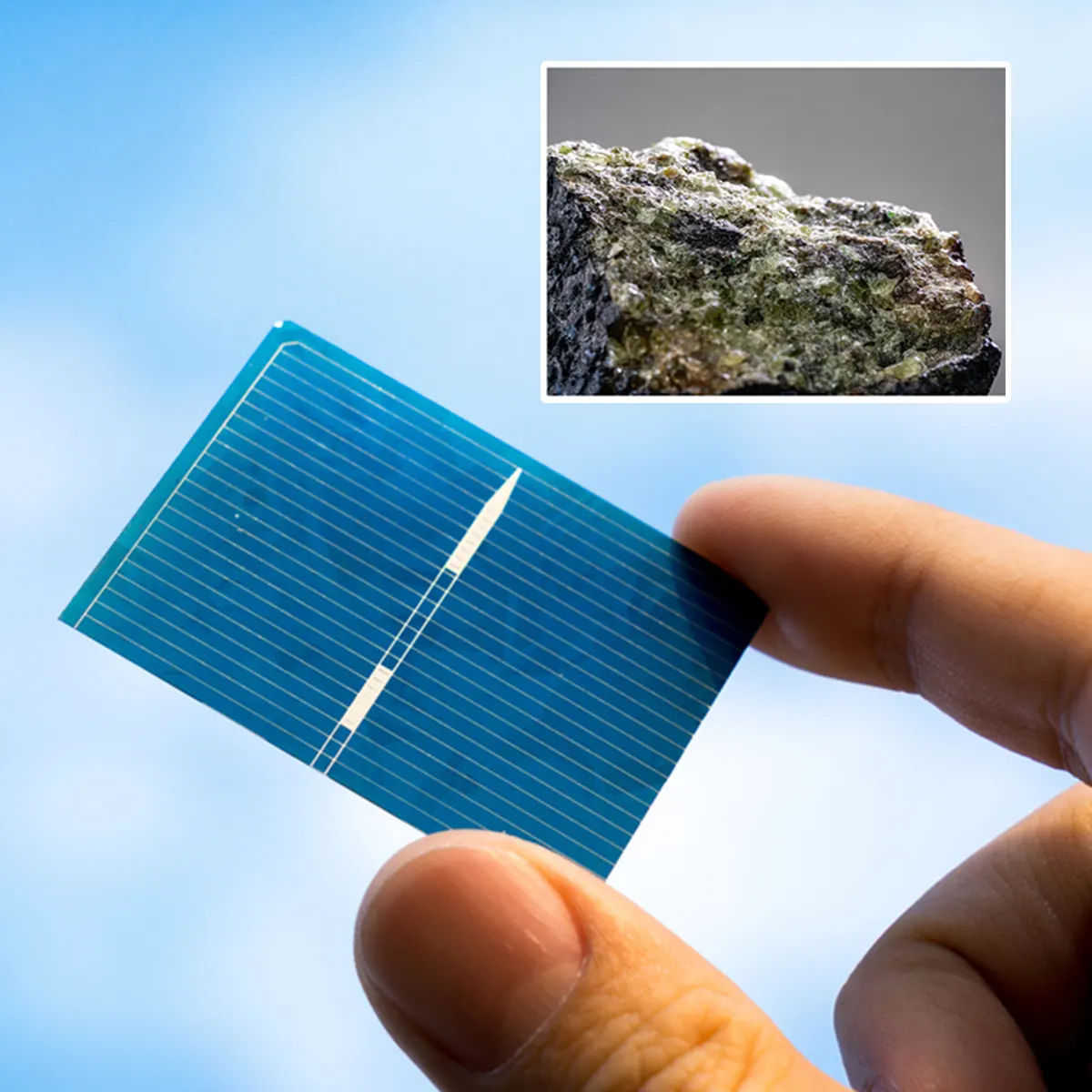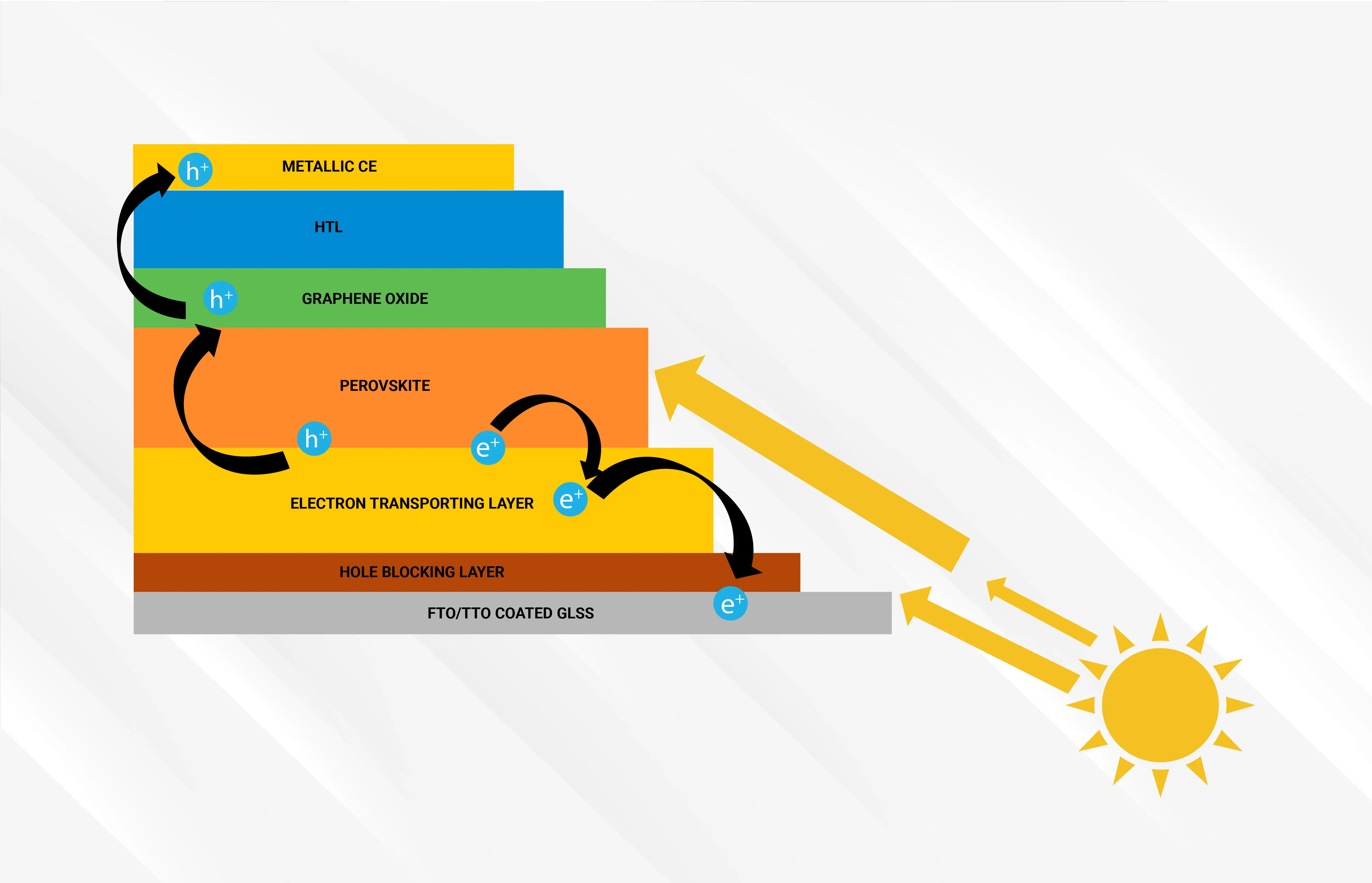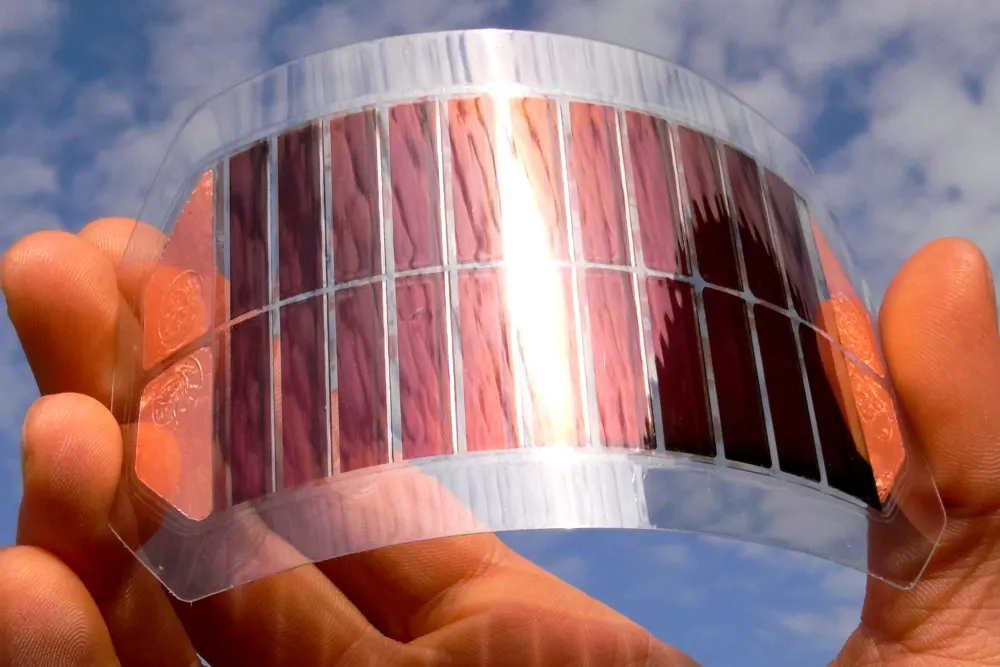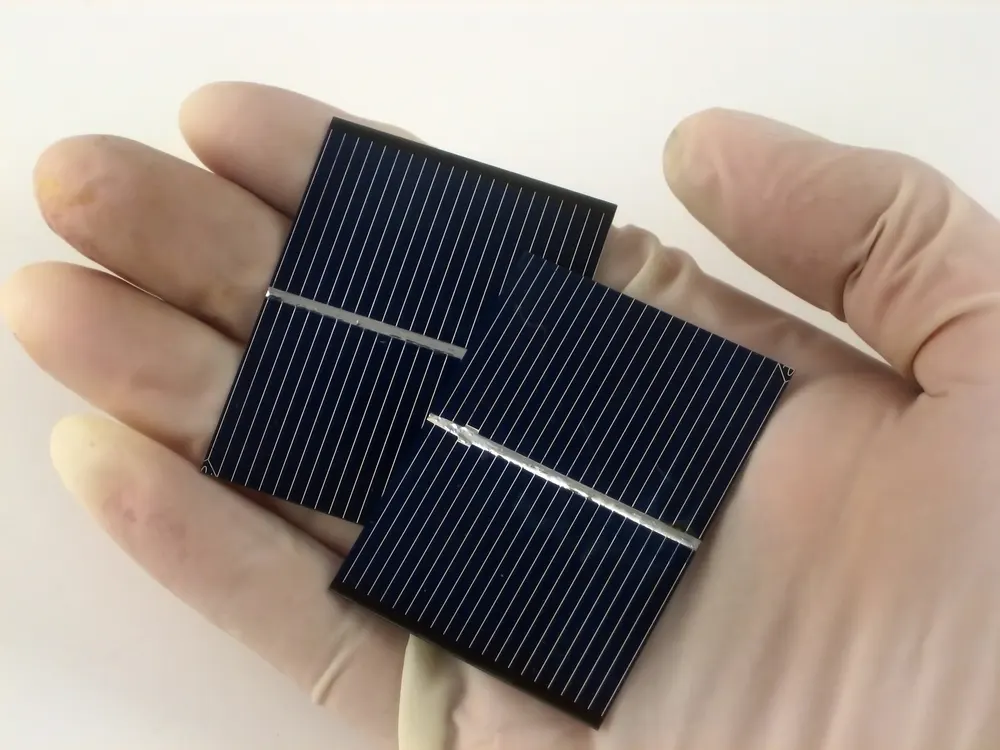Perovskite Solar Panels: The Next Frontier in Solar Technology
The global transition towards renewable energy has spurred rapid advancements in solar technology. While silicon-based photovoltaic (PV) panels dominate the market, a new breakthrough—Perovskite solar panels—is gaining attention for its potential to revolutionize solar energy production. With higher efficiency rates, lower production costs, and greater flexibility, perovskite solar cells are being hailed as the latest technology in solar panels . But are they ready to replace conventional silicon-based PV modules? This newsletter explores what perovskite solar panels are, their advantages and challenges, and their future in the renewable energy sector.
What are Pervoskite Solar Cells?
Perovskite solar cells belong to the third generation of solar technology and are built using perovskite-structured materials. These materials are defined by a distinct crystal structure, typically represented by the chemical formula ABX₃, where ‘A’ and ‘B’ are metal cations, and ‘X’ is an anion. In solar applications, ‘A’ and ‘B’ are commonly organic molecules and metal halides, forming a unique crystal lattice. This composition grants perovskite solar cells outstanding light absorption and electronic properties, positioning them as a strong contender against conventional photovoltaic technologies.
Perovskite solar panels derive their name from the perovskite crystal structure, a unique mineral discovered in the 19th century. In solar applications, perovskite materials are synthetically engineered to function as efficient light absorbers. These materials are used in thin-film solar cells, which are lightweight, flexible, and capable of delivering high efficiency at lower costs.


How Do Perovskite Solar Cells Work?
Perovskite solar cells operate based on the photovoltaic effect, converting sunlight into electricity through a series of five key processes:
Photon Absorption: When sunlight hits the perovskite layer, it absorbs photons, creating electron-hole pairs (excitons) bound by Coulomb forces.
Exciton Diffusion: These excitons move within the crystal structure. If their diffusion length is sufficient, the chances of recombination are minimized, allowing them to reach the interface efficiently.
Exciton Dissociation: Due to the low exciton binding energy in perovskite materials, excitons readily split at the interface between the perovskite absorber layer and the transport layer. This separation allows electrons to transition to the Lowest Unoccupied Molecular Orbital (LUMO) level, while holes remain in the Highest Occupied Molecular Orbital (HOMO) level, creating free charge carriers.
Charge Carrier Transport: The free electrons move through the electron transport layer (ETL) towards the cathode, while free holes migrate through the hole transport layer (HTL) towards the anode.
Charge Collection: The cathode collects electrons via the ETL, while the anode gathers holes through the HTL. This movement generates a potential difference, and when an external circuit is connected, electricity flows, completing the energy conversion process.
This efficient mechanism is what makes perovskite solar cells a promising alternative in the field of new solar panel technologies and a strong contender for the future of photovoltaic panels.
Benefits of Perovskite Solar Panels
The shift towards perovskite technology is driven by its superior efficiency and cost-effectiveness. Key benefits include:
High Efficiency: Perovskite solar cells have demonstrated energy conversion efficiencies exceeding 25%, rivaling the best silicon panels available today.
Lower Production Costs: Unlike silicon-based PV modules that require high-temperature processing and expensive materials, perovskite panels can be manufactured using simple and cost-effective techniques.
Flexible and Lightweight: Perovskite materials can be applied to flexible substrates, making them ideal for applications such as building-integrated photovoltaics (BIPV), portable solar devices, and even space technology.
Customization and Versatility: The material composition of perovskite cells can be tailored to optimize performance for different wavelengths of sunlight, increasing overall energy output.
These benefits position perovskite solar panels as a promising alternative to conventional solar module manufacturers in India and worldwide.


Challenges Hindering Commercialization
Despite their immense potential, perovskite solar panels face several challenges before they can be widely adopted by solar panel manufacturers:
Stability and Durability: Perovskite materials are prone to degradation when exposed to moisture, oxygen, and UV radiation, reducing their lifespan compared to silicon-based panels.
Scalability Issues: While laboratory-scale perovskite solar cells have demonstrated high efficiency, scaling them for mass production while maintaining performance and stability is a significant challenge.
Efficiency Challenges in Large-Scale Applications: The performance of perovskite solar cells is significantly influenced by the uniformity and density of the perovskite layer. While small-area cells developed in laboratories demonstrate high efficiency, scaling them up for larger, real-world applications often leads to efficiency losses. This is primarily due to inconsistencies in film deposition and material distribution, which impact overall energy conversion performance.
Unstandardized Material Systems: The production of perovskite solar cells involves a diverse range of material choices, with no universally established standard. This lack of standardization introduces uncertainties and elevates production costs. Various research teams experiment with different perovskite material compositions, resulting in variations in efficiency, stability, and overall performance, making large-scale commercialization more challenging.
For solar module manufacturers , overcoming these hurdles is crucial to making perovskite solar technology viable for long-term adoption.
The Future of Perovskite Solar Panels
The global solar industry is investing heavily in perovskite research, with companies and research institutions working towards commercializing new solar panel technologies. Hybrid designs that combine perovskite with silicon (tandem solar cells) have shown great promise, pushing efficiency levels beyond 30%.
Leading photovoltaic panel manufacturers are testing perovskite-based solutions for various applications, including residential rooftops, large-scale solar farms, and even transparent solar films for windows. Solar energy manufacturers are optimistic that, with continued innovation, perovskite solar panels could redefine the solar industry within the next decade.

Wrapping Up
Perovskite solar panels represent a significant leap forward in solar energy technology. With their superior efficiency, affordability, and versatility, they have the potential to transform the solar industry. However, challenges related to stability, scalability, and environmental impact must be addressed before they can replace traditional silicon-based PV modules.
For solar manufacturers, the race is on to develop commercially viable perovskite solutions that can meet the world’s growing energy demands. If these challenges are successfully overcome, perovskite solar panels could indeed be the future of solar technology, paving the way for a cleaner, more sustainable energy landscape.